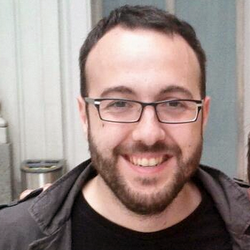
javi.agenjo@gmail.com
An Open Source platform to create and publish interactive 3D content from the web and to the web. It features a 3D Scene Editor with coding features, a 3D modular Engine and an Assets Manager.



Most of the creativity comes from playing, not from planning.

Creating on the web requires storing, searching and retrieving resources.

Allow users to create by adding and editing existing components

Or by using a more approachable system like graphs

Allow experienced users to develop new resources and share them

The system is made by different independent libraries.

Lots of people interested but it also remarked that there were still lots of features missing.

javi.agenjo@gmail.com
@tamat